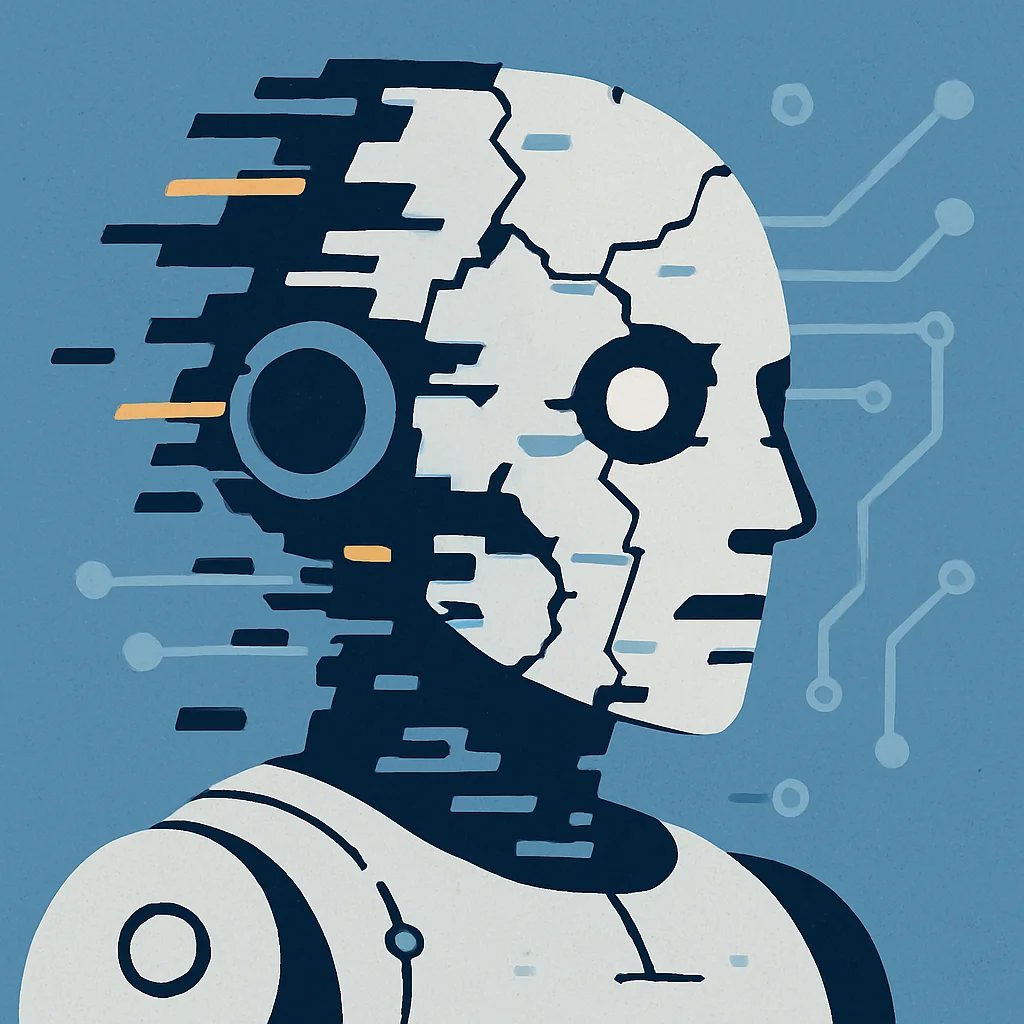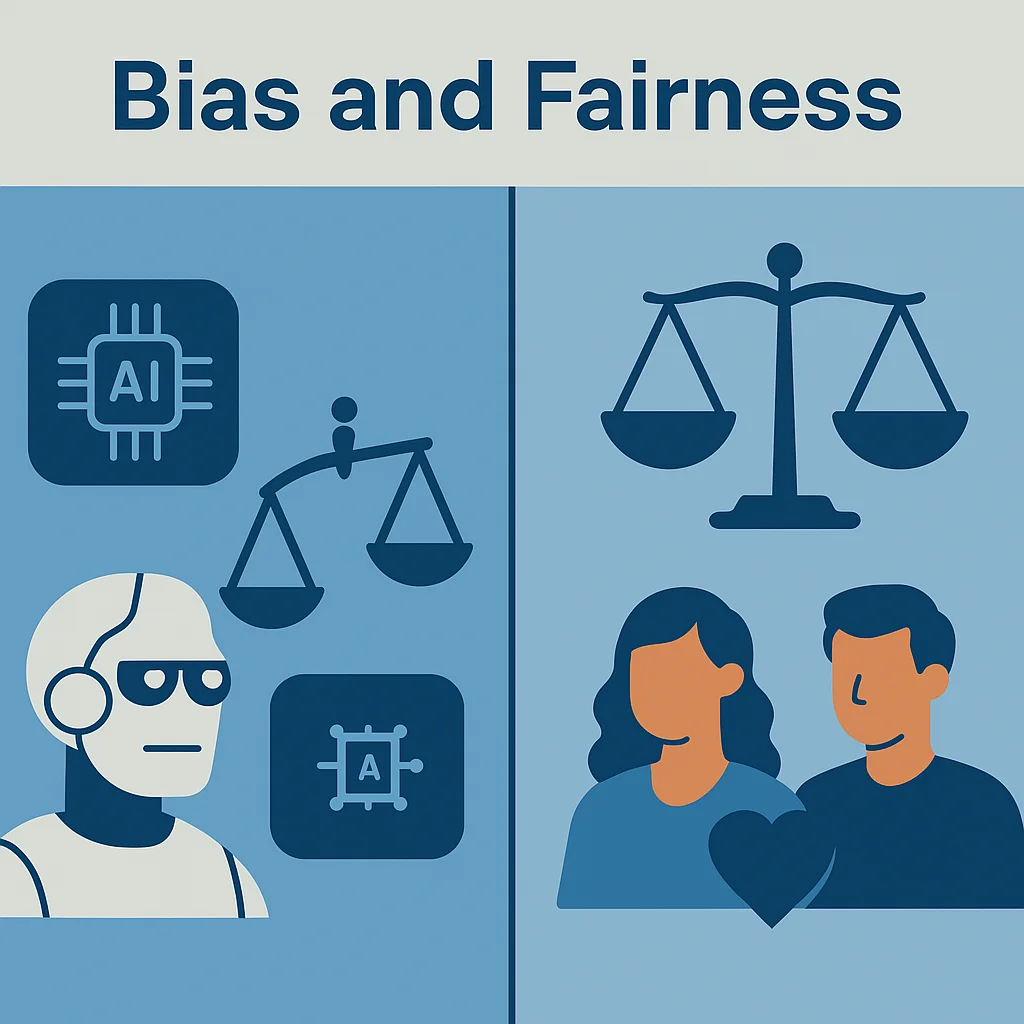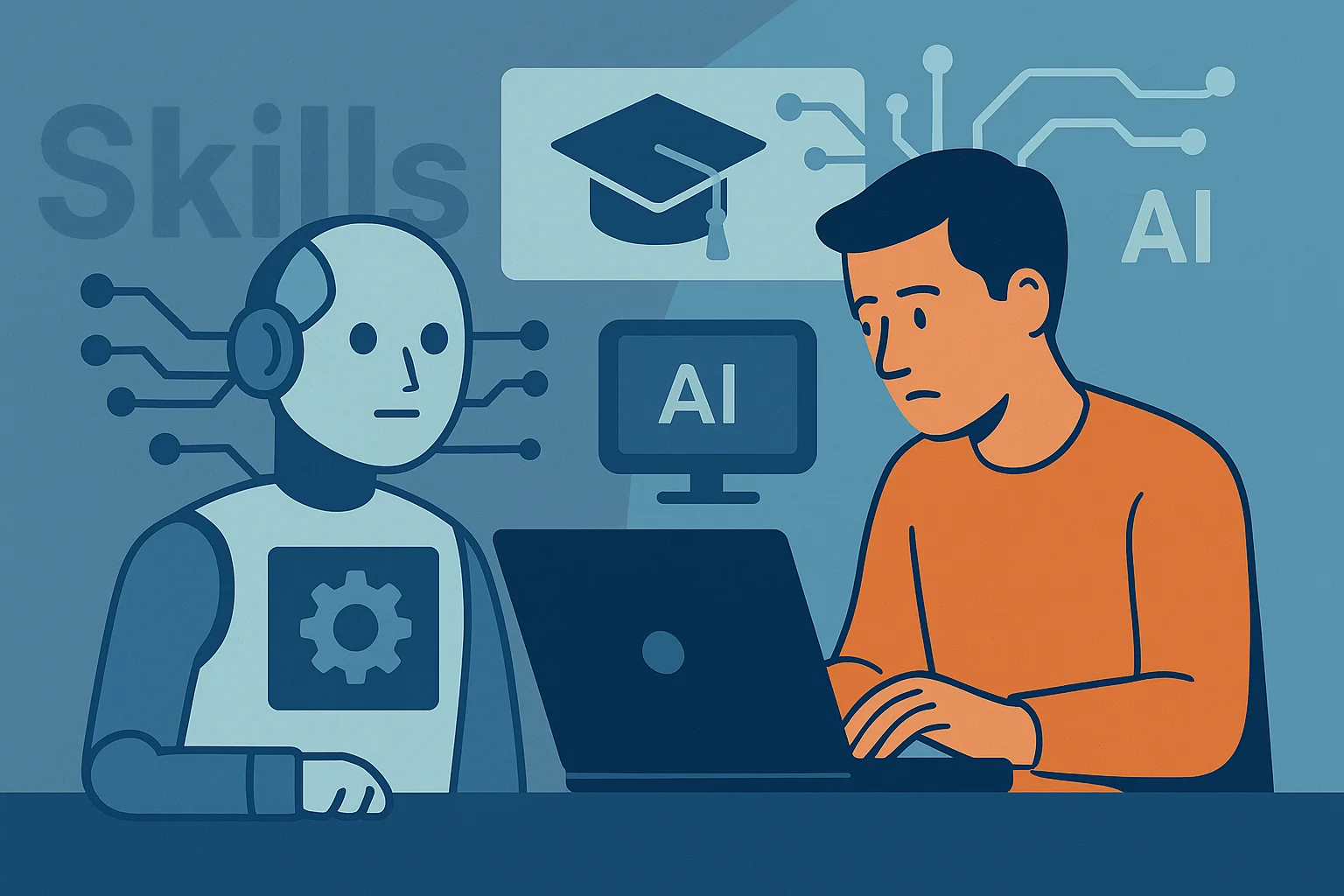Common Issues with AI: Hallucinations, Bias, and Beyond

Introduction
Artificial Intelligence is advancing at a staggering pace — generating text, translating languages, analyzing images, and making decisions faster than any human could. But for all its power, AI isn’t perfect. In fact, the more you use it, the more you realize just how flawed these systems can be.
From confidently making up facts to reinforcing societal biases, AI tools have well-known limitations that can pose real-world risks. These aren’t just minor bugs — they’re fundamental problems tied to how AI is designed, trained, and deployed.
In this article, we break down the most common and critical issues plaguing AI today. Whether you're a casual user or building AI into your product, understanding these problems is essential for using the technology responsibly.
Hallucinations and False Confidence
One of the most talked-about flaws in modern language models — especially large ones like ChatGPT, Claude, or Gemini — is their tendency to “hallucinate.” In simple terms, hallucination means the model generates content that sounds plausible but is completely made up.
- Citing fake studies or articles
- Inventing legal precedents or medical facts
- Making up quotes from real people
- Describing tools or APIs that don’t exist
The problem is compounded by the model’s tone — it presents these falsehoods with complete confidence and fluency, making them difficult to spot. This can lead users to trust incorrect information unless they verify everything manually.
Why do hallucinations happen?
LLMs don’t have a fact database or a concept of “truth.” They generate text by predicting what words are most likely to follow a given prompt, based on their training data. This process doesn’t include fact-checking — just probability. The larger and more generalized the model, the more likely it is to improvise when it doesn't know something.
Efforts are underway to reduce hallucinations through techniques like retrieval-augmented generation (RAG), grounding in verified sources, or using hybrid systems that combine LLMs with search engines. Still, no system is immune — so vigilance is key.
Bias and Fairness

AI systems reflect the data they’re trained on — and that includes the biases and inequalities present in society. Whether it’s gender stereotypes, racial prejudice, or cultural insensitivity, biased outputs are a serious concern across all types of AI.
Real-world consequences:
- Hiring tools that down-rank female candidates for technical roles
- Predictive policing algorithms that over-target communities of color
- Loan approval models that deny credit based on ZIP code patterns
- Chatbots that produce sexist or toxic responses when prompted
These issues arise because training data often includes historical examples of human discrimination — resumes from biased hiring decisions, legal records shaped by unequal enforcement, or internet text riddled with stereotypes. If this data is used without oversight, the model “learns” and perpetuates those patterns.
Developers now use bias audits, fairness metrics, and dataset filtering to reduce harm. Some models are also tuned using reinforcement learning with human feedback (RLHF) to avoid problematic behavior. But total fairness is elusive — even small wording changes in a prompt can produce different ethical outcomes. AI doesn’t understand justice; it mimics patterns.
Lack of True Understanding
Despite their impressive fluency, language models do not understand the world like humans do. They lack consciousness, intuition, memory of specific facts (outside their training), and any grounded sense of meaning. Instead, they operate purely on pattern prediction.
- Inconsistency: Giving different answers to the same question when rephrased
- Surface reasoning: Mimicking logic without actually “following” it
- Failure to ask clarifying questions: Assuming or guessing instead of verifying
- Context drift: Losing track of the original topic in longer conversations
For example, you might ask a model to summarize a complex legal document. It can generate something that looks like a summary — grammatically and structurally correct — but it may completely misrepresent the argument, miss key clauses, or invent implications that aren’t there.
That’s because the model doesn’t actually “know” what any of the terms mean. It’s matching patterns based on training, not comprehension. The result is often good enough for general productivity, but dangerous in high-stakes settings like law, healthcare, or finance.
Privacy and Data Leakage
Another issue that’s drawn increasing scrutiny is AI’s potential to leak private or sensitive data. If a model is trained on information that includes passwords, personal messages, or medical records — even unintentionally — that data can sometimes resurface during generation.
Risks include:
- Echoing real names, emails, or addresses seen during training
- Leaking parts of proprietary documents or code
- Answering questions with snippets from restricted datasets
One study found that large models could reproduce verbatim text from their training corpus — even when that data was scraped from publicly available but sensitive sources. This raises red flags around copyright, trade secrets, and personal privacy.
Companies now attempt to mitigate this risk through data filtering, red-teaming (testing for dangerous outputs), and user-level access controlsaccess controls. But with billions of tokens in the mix, it’s impossible to review everything manually. And if private data was ever included in training, there’s no easy way to “unlearn” it.
This is especially important for enterprise and regulated environments. When using AI, you must assume that any prompt — and sometimes even the response — may be stored, logged, or used in future model improvement unless explicitly restricted.
Security Vulnerabilities and Adversarial Attacks
AI models — particularly those used in image recognition, language generation, or autonomous systems — are vulnerable to a wide range of attacks and exploits. These are not bugs in the usual sense; they are ways of tricking the model into behaving in unexpected or harmful ways.
One type is the adversarial attack, where small, imperceptible changes are made to an input to cause a wildly incorrect output. For instance, changing a few pixels in a stop sign image can cause an AI to classify it as a yield sign, which could have serious consequences in autonomous driving.
In language models, a related risk is prompt injection — where a user embeds hidden instructions in an input to hijack the model's behavior. This can be used to bypass safety filters, leak internal data, or produce outputs that the system would normally block.
AI systems are also vulnerable to:
- Data poisoning, where malicious actors insert harmful examples into training datasets
- Model theft, where attackers reverse-engineer a proprietary model by probing it with queries
- Jailbreaking, where users manipulate a model into behaving against its rules or restrictions
The problem is that many AI systems are designed to generalize, adapt, and respond fluidly — which makes them hard to secure in the traditional sense. As adoption grows, AI security is becoming a specialized field of its own, requiring new defenses, detection tools, and threat modeling approaches.
Overreliance and Human De-skilling

AI is supposed to help us — but what happens when we rely on it too much? As AI systems take over more decision-making and content creation, there’s a risk that humans will gradually lose their ability to think critically, solve problems, or even perform basic tasks without assistance.
- Writers who rely on autocomplete tools may stop developing their own voice
- Students using AI to answer homework may lose mastery of foundational concepts
- Doctors may trust AI diagnoses without second opinions
- Engineers may accept AI-suggested code without fully understanding it
This isn’t just a theoretical risk. Historical parallels exist in fields like aviation, where overreliance on autopilot has led to disasters when human pilots lost situational awareness. In knowledge work, something similar could happen: we offload cognitive effort to AI until we can’t easily take back control.
It’s not that AI assistance is inherently bad — it can boost productivity enormously — but it must be paired with deliberate practice, critical thinking, and safeguards that keep humans “in the loop.”
As a society, we’ll need to rethink education, upskilling, and how we define expertise in a world where machines do the easy stuff — and sometimes the hard stuff, too.
Conclusion
AI is a powerful tool — but also an imperfect one. Its ability to mimic human language and behavior often hides the fact that it lacks real understanding, judgment, or accountability. And while it can enhance productivity, it also introduces risks that range from misinformation and bias to data leakage and security exploits.
Understanding these issues isn’t just for researchers and engineers. Everyday users — from marketers and students to healthcare workers and policy makers — need to know where AI shines and where it fails. That awareness is the first step toward using these systems safely and responsibly.
The future of AI will depend not just on smarter models, but on smarter users. The more we understand what AI can’t do — or shouldn’t do — the better equipped we’ll be to harness its benefits without falling for its flaws.